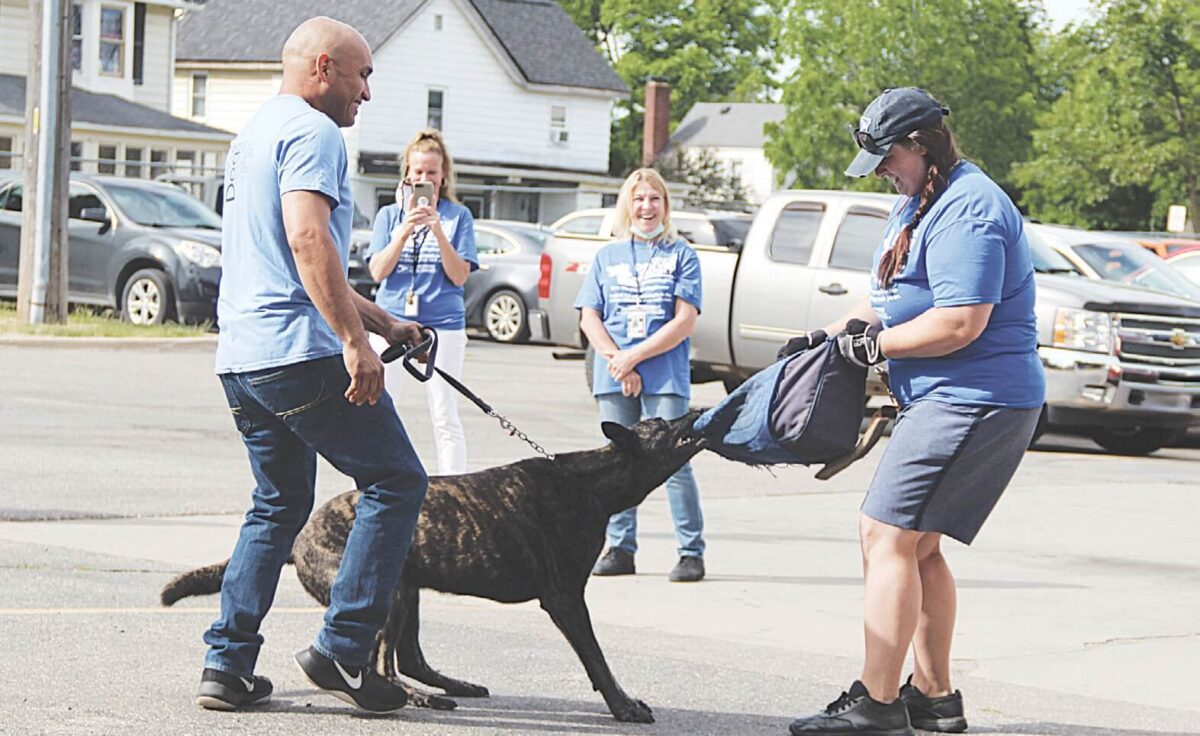Comprehensive Guide to Dog Bite Prevention Training

Ensuring the safety of our communities and the well-being of our beloved canine companions requires a thorough understanding of dog bite prevention training. Dog bites can lead to serious injuries and legal complications, making it imperative for dog owners to adopt effective training methods. This comprehensive guide delves into essential strategies and practices to prevent dog bites, fostering safer interactions between dogs and people.
Understanding Dog Behavior
Recognizing Warning Signs
A critical aspect of dog bite prevention is understanding canine body language. Dogs often exhibit warning signs before resorting to biting. Key indicators include:
- Growling and Barking: These vocalizations can signal discomfort or fear.
- Stiff Body Posture: A rigid stance may indicate that a dog is feeling threatened.
- Ears Back and Tail Tucked: These are common signs of anxiety or submission.
- Avoiding Eye Contact: A dog that avoids looking directly at a person may be trying to communicate discomfort.
Common Triggers for Aggression
Understanding what can provoke a dog to bite is vital. Common triggers include:
- Fear: Dogs may bite when they feel threatened or scared.
- Possessiveness: Guarding food, toys, or territory can lead to aggressive behavior.
- Pain: An injured or ill dog may bite as a response to pain.
- Maternal Instincts: Mother dogs can be highly protective of their puppies.
Training Techniques for Bite Prevention
Socialization
Early and continuous socialization is crucial for preventing aggressive behavior. Proper socialization involves:
- Exposure to Different Environments: Introducing dogs to various settings, such as parks, city streets, and homes, helps them become accustomed to diverse surroundings.
- Interaction with People and Animals: Gradual exposure to different people and other animals can reduce fear and anxiety.
Obedience Training
Obedience training lays the foundation for a well-behaved dog. Key commands to teach include:
- Sit and Stay: These commands help manage a dog’s behavior in potentially stressful situations.
- Leave It: Teaching a dog to ignore certain stimuli can prevent aggressive responses.
- Come: Ensuring a dog reliably comes when called can prevent it from entering dangerous situations.
Positive Reinforcement
Using positive reinforcement techniques can significantly enhance training outcomes. This involves:
- Rewarding Good Behavior: Providing treats, praise, or toys for appropriate behavior encourages dogs to repeat those actions.
- Consistency: Consistent training sessions and rewards reinforce desired behaviors.
Handling Aggressive Behavior
Identifying Aggression Early
Early detection of aggressive tendencies allows for timely intervention. Signs of potential aggression include:
- Snapping or Nipping: Minor bites or attempts to bite can escalate if not addressed.
- Resource Guarding: Growling or snapping over food, toys, or sleeping areas should be corrected.
Professional Intervention
In cases of persistent aggression, seeking help from a professional dog trainer or behaviorist is advisable. Professionals can:
- Assess Underlying Causes: Identifying the root cause of aggression is essential for effective intervention.
- Develop a Customized Training Plan: Tailoring training to the specific needs of the dog can improve outcomes.
Creating a Safe Environment
Supervision and Management
Constant supervision, especially with children, is crucial in preventing dog bites. Key practices include:
- Never Leaving Dogs Unattended with Children: Ensuring an adult is always present can prevent accidents.
- Managing Interactions with Strangers: Teaching dogs to remain calm when meeting new people reduces the risk of bites.
Safe Spaces
Providing dogs with designated safe spaces can help them feel secure. Safe spaces should:
- Be Quiet and Comfortable: Creating a tranquil environment where dogs can retreat reduces stress.
- Contain Familiar Items: Including favorite toys or bedding can make the space more inviting.
Educating the Public
Public Awareness Campaigns
Raising public awareness about dog bite prevention can significantly reduce incidents. Effective campaigns include:
- Educational Materials: Distribute brochures, posters, and online content that highlight prevention strategies.
- Community Programs: Organizing workshops and seminars to educate dog owners and the general public.
School Programs
Introducing dog safety education in schools can equip children with the knowledge to interact safely with dogs. Key topics include:
- Understanding Dog Behavior: Teaching children how to recognize and respond to warning signs.
- Safe Interaction Techniques: Instructing children on appropriate ways to approach and pet dogs.
Legal Considerations
Liability and Responsibility
Dog owners must be aware of the legal implications of dog bites. Key aspects include:
- Understanding Local Laws: Familiarizing oneself with local regulations regarding dog ownership and bite incidents.
- Insurance Coverage: Ensuring adequate liability insurance can protect against financial repercussions.
Reporting Incidents
Promptly reporting dog bites is crucial for public safety. Proper reporting involves:
- Contacting Authorities: Informing local animal control or law enforcement about the incident.
- Providing Medical Documentation: Recording medical treatment can be necessary for legal proceedings.
Conclusion
Preventing dog bites requires a multifaceted approach encompassing understanding dog behavior, implementing effective training techniques, and creating safe environments. By fostering positive interactions and educating the public, we can reduce the incidence of dog bites and enhance the relationship between dogs and humans.





